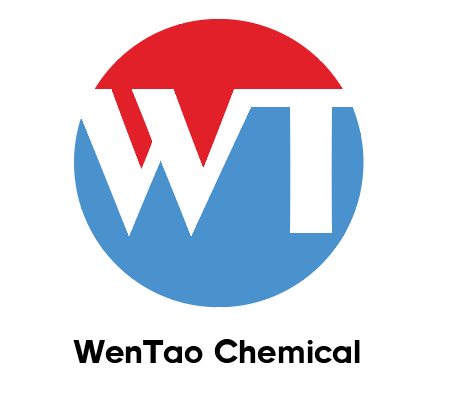Phenylhyfrazine hydrocholorideCAS NO.:59-88-1 CAS NO.59-88-1
- FOB Price: USD: 4.00-5.00 /Gram Get Latest Price
- Min.Order: 1 Gram
- Payment Terms: L/C,D/A,D/P,T/T,Other
- Available Specifications:
top grade (1-10)Gramtop grade (10-100)Gram
- Product Details
Keywords
- Phenylhyfrazine hydrocholoride
- Hydrazine,phenyl-, hydrochloride (1:1)
- Hydrazine,phenyl-,monohydrochloride
Quick Details
- ProName: Phenylhyfrazine hydrocholorideCAS NO.:...
- CasNo: 59-88-1
- Molecular Formula: C6H9ClN2
- Appearance: white powder
- Application: Pharmaceutical intermediates
- DeliveryTime: In stock
- PackAge: bag
- Port: China main port
- ProductionCapacity: 10000 Gram/Day
- Purity: 0.99
- Storage: Room temperature
- Transportation: By Sea/Air/DHL
- LimitNum: 1 Gram
- Heavy metal: N/A
- Grade: Industrial Grade
- top grade: 1-10
Superiority
Details
| Chemical Properties | white to tan solid |
| Chemical Properties | Phenylhydrazine is a colorless to pale yellow liquid or solid with a weak aromatic odor. |
| Uses | selective mannosidase inhibitor |
| Uses | manufacture of dyes, antipyrine, nitron (a stabilizer for explosives); reagent for sugars, aldehydes, ketones. |
| General Description | White to tan solid with a weak aromatic odor. |
| Air & Water Reactions | Forms corrosive acidic solutions. |
| Reactivity Profile | Phenylhydrazine hydrochloride may be corrosive to metals [USCG, 1999]. |
| Health Hazard | Phenylhydrazine hydrochloride is poisonous if swallowed or if fumes are inhaled. Dust is irritating to eyes, nose, and throat. Phenylhydrazine is a chronic poison. Phenylhydrazine is an industrial substance suspect of carcinogenic potential for humans. |
| Fire Hazard | Toxic and irritating hydrogen chloride and oxides of nitrogen may be produced in fire. May be corrosive to metals. Hazardous polymerization may not occur. |
| Safety Profile | Poison by ingestion, intraperitoneal, and subcutaneous routes. Experimental reproductive effects. Questionable carcinogen with experimental neoplastigenic and tumorigenic data. Mutation data reported. When heated to decomposition it emits very toxic fumes of NOx and HCl. |
| Potential Exposure | Phenylhydrazine is a widely used reagent in conjunction with sugars, aldehydes, and ketones. In addition, to its use in the synthesis of dyes; pharmaceuticals, such as antipyrin; cryogenin, and pyramidone; and other organic chemicals. The hydrochloride salt is used in the treatment of polycythemia vera. |
| Shipping | UN2572 Phenylhydrazine, Hazard Class: 6.1; Labels: 6.1-Poisonous materials. |
| Purification Methods | Dissolve 100g of phenylhydrazine hydrochloride in 200mL of warm H2O (60-70o) during 1-3hours, then add 1L of boiling EtOH. The solution is filtered, while still hot, through Whatman No 2 filter paper and cooled in a refrigerator. The precipitate is collected on a medium sintered-glass filter and recrystallised twice this way, then washed with cold EtOH, dried thoroughly and stored in a stoppered brown bottle. [Peterson et al. Anal Chem 29 144 1957.] Hough, Powell and Woods [J Chem Soc 4799 1956] boiled the hydrochloride with three times its weight of water, filtered hot (charcoal), added one-third volume of concentrated HCl and cooled to 0o. The crystals were washed with acetone, and dried over P2O5 under vacuum. The salt has also been crystallised from 95% EtOH, and it can be sublimed. [Coleman Org Synth Coll Vol I 442 1941, Beilstein 15 III 71.] |
| Incompatibilities | Phenylhydrazine is very reactive with carbonyl compounds, strong oxidizers; strong bases; alkali metals; ammonia, lead dioxide (violent). Attacks copper salts, nickel, and chromates. |
| Waste Disposal | Controlled incineration whereby oxides of nitrogen are removed from the effluent gas by scrubber, catalytic or thermal device. |


 Diamondsupplier
Diamondsupplier 



